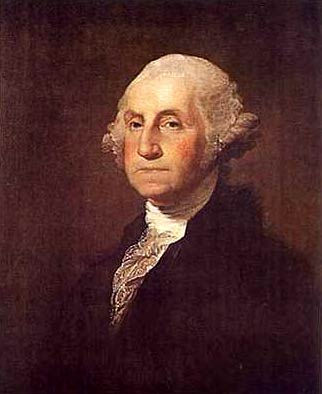
If you watched the Super Bowl on Sunday, you probably saw the most recent Anheuser-Busch commercial referred to us "Clyesdale's friend." This heart-warming commercial featured a Clyesdale who befriends a calf (which appeared to be a Texas Longhorn). The commercial was light-hearted with a bit of humor and the imagery was great. According to USA Today, the commercial was ranked 4th in the group of Ten Most Popular Commercials.
Anheuser-Busch is no stranger to Super Bowl commercials. The Clyesdales are always up to something new and often win the hearts of viewers around the country. But did you know the Clyesdale is an endangered breed with fewer than 2,500 registered animals remaining in the United States? Surprising huh?
A Little About the Breed:
The Clydesdale is a draft horse breed from Lanarkshire, Scotland, and its name was inspired by the River Clyde. The Clydesdale’s history goes back to the mid-1700s, when native stocks were mated with larger Flemish horses and then -selected for use in agriculture and for all types of heavy hauling, including transport through the streets of Glasgow. Clydesdale horses were first exhibited under the breed name in 1826, and the breed was further standardized through the -system of hiring out purebred stallions. The Clydesdale Horse Society was formed in 1877, and its breed registry records go back to the 1830s.
The Clydesdale was first imported to North America in the 1840s. The breed’s attractiveness and size led to its use in promotional hitches, such as one sponsored by the Chicago Stockyard Company. In the 1930s, the Anheuser Busch Company of St. Louis, Missouri, began to use a hitch of Clydesdales to celebrate the end of Prohibition and to represent the company’s products. The "Budweiser Clydesdales" were an immediate sensation when they delivered the first post-Prohibition beer to the White House, and the hitch has proven to be one of the most popular and successful advertising symbols of all time. Less well known is the fact that Anheuser Busch has maintained a Clydesdale breeding program since 1953, and that the company’s commitment to the breed during the 1950s and 1960s was critical to its survival in North America.
The Clydesdale combines strength and style. The breed's action is distinctive, with each foot lifted cleanly off the ground so that the bottom of the foot is visible from behind. The forelegs are well planted under the shoulders, the legs are straight, and the feet are durable. Clydesdales should have breadth between the eyes, with a flat facial profile and a wide muzzle. The withers are high, the back short, and the quarters long and well-muscled. The most common color is bay, though black, brown, chestnut, and roan are also seen.
The Clyesdale is such a recognizable character, yet it's in danger of extinction. Who would star in award-winning Super Bowl commercials if this breed were to perish? Food for thought.....
 This past Monday we celebrated Presidents Day. For many this is a day of car and furniture sales, but historically the holiday was to honor George Washington's birthday. In the later year's of American history, the holidaybecame a day to also honor Abraham Lincoln's birthday.
This past Monday we celebrated Presidents Day. For many this is a day of car and furniture sales, but historically the holiday was to honor George Washington's birthday. In the later year's of American history, the holidaybecame a day to also honor Abraham Lincoln's birthday.

